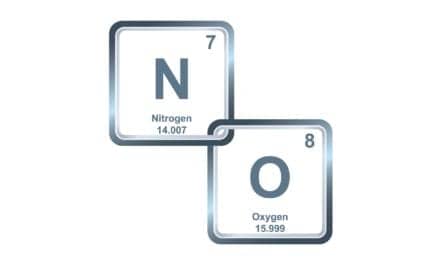A Phase 2b trial of firibastat, a first-in-class brain aminopeptidase A inhibitor (BAPAI), for the treatment of arterial hypertension, showed positive results for the drug, according to Quantum Genomics.
The data were presented in a late-breaking oral presentation at the 2018 Scientific Sessions of the American Heart Association (AHA) in Chicago.
“The NEW-HOPE study results support the potential for firibastat to be a safe, effective and well-tolerated treatment for arterial hypertension across an understudied population of diverse, high-risk hypertensive patients,” said Jean-Philippe Milon, Chief Executive Officer of Quantum Genomics. “These data represent the most significant milestone for Quantum Genomics to date and not only bring us closer to serving an area of significant unmet need, but also position firibastat for a pivotal Phase 3 trial in resistant hypertension.”
Results showed that eight weeks of treatment with firibastat led to a statistically significant decrease of 9.7 mmHg in systolic automatic office blood pressure (AOBP) from baseline, which was the primary endpoint of the trial, according to primary investigator Keith C. Ferdinand, MD, FACC, FAHA, FASH, FNLA, of Tulane University School of Medicine.
Diastolic AOBP, a secondary endpoint, showed a reduction of 4.3 mmHg.
“A minimum decrease of 7 mmHg in systolic AOBP represents a clinically relevant benchmark in difficult-to-treat hypertensive patients and this goal was largely exceeded in the NEW-HOPE trial,” said Dr. Bruno Besse, Chief Medical Officer of Quantum Genomics. “Based on these results and the magnitude of the observed blood pressure decrease, we are encouraged by the outcome of this trial and are optimistic about the promise of firibastat.”
The efficacy of firibastat in lowering blood pressure (BP) was proven in all subgroup analyses, including age, sex, ethnic origin and weight. In particular, a statistically significant decrease in systolic AOBP was found in obese (-10.4 mmHg), as well as in black patients (-10.5 mmHg), a high cardiovascular risk population in which angiotensin-converting enzyme (ACE) inhibitors and angiotensin receptor blockers are marginally effective and not recommended as first-line monotherapy according to current European and US guidelines.
Overall, firibastat was well-tolerated. The most common side-effects were skin reactions and headaches, with occurrence frequencies of 4% and 3% respectively, which is similar to what is observed with other classes of antihypertensive drugs. No angioedema was reported. No changes in serum potassium or sodium levels were observed. Blood glucose levels and renal function remained stable.










